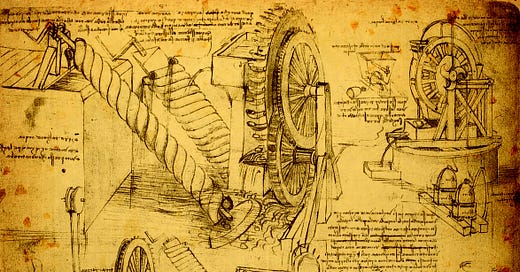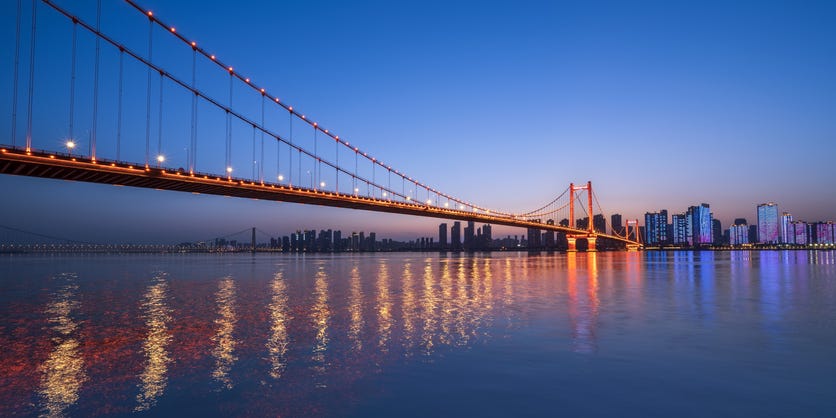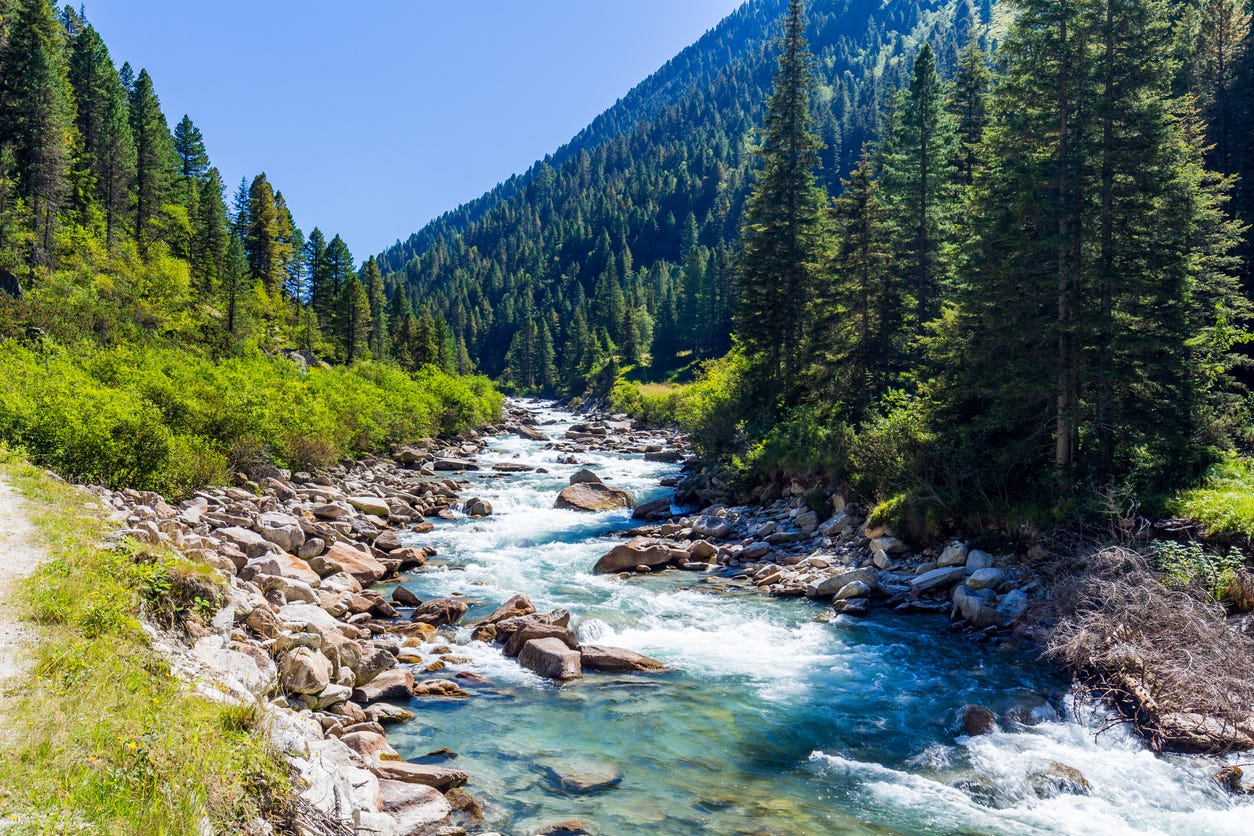The Missing Chinese Machine Revolution
Before the industrial revolution, there had been a significant increase in machinery use in Europe. Why not in China?
In the early modern era in Europe, there was a significant increase in the use of machinery. For instance, starting in Germany, books got made using printing presses from 1450 and onwards. In 1596 timber got cut by windmill-powered saws in the Netherlands. Water and wind powered trip hammers were used for paper making. Gunpowder, olive oil, dyes, and a variety of other products were produced with wind and water powered mills. In short, long before the industrial revolution, Europe was undergoing a mill revolution powered by renewable energy rather than coal.
The question is: Why was this revolution not happening elsewhere? In particular, why did it not happen in the largest, most powerful and advanced civilization in the world: China. That is the question I seek to answer in this story, by exploring several important factors:
The impact of growing rice instead of wheat
How Chinese climate and geography hindered usage of water power
What I want to show is how the combination of landscapes, climates and food culture had a profound impact on development of machinery culture in Western and Eastern civilizations.
Wheat is Hardware, Rice is Software
One of the more significant differences between Europe and China is in the preferred food crops. Wheat and rice has been cultivated in both China and Europe, but rice clearly dominates in China. European societies evolved around wheat farming, while Chinese society evolved primarily around rice farming.
Peculiarities of Rice farming
Historian Christopher Cullen makes an interesting remark in a video discussing the difference between rice and wheat farming:
Wheat growing is hardware oriented and rice farming is software oriented.
Rice farming is skills oriented, while wheat farming is equipment oriented. That is why Cullen compares the two growing methods with computer software (programs) and computer hardware (memory, hard drives, microprocessors).
Wheat farming benefits from usage of more equipment. Wheat farmers need heavy plows, horses with a harness and mills for grinding the grain into flour. If you try to simply cook wheat grains, you will end up with a rather nasty porridge. Hence, wheat growers need to grind grain into flour to be able to make breads or pasta.
Rice is very much the opposite. Rice requires minimal processing. Once you get the husk off, it can simply be boiled, and you have something instantly palatable. That means rice farmers don't have much need for mills to grind rice grains into flour.
The planting and maintenance of a rice paddy is labour intensive, but does not benefit from equipment machinery to the same extent as wheat farming. Most of the work is done by human hands. The rice plant is a highly adapted marsh grass. It used to grow at the edge of lakes or in swamps. Hence, growing rice requires making an artificial marsh. Rice is planted in a flooded field. To complicate matters, it is vital that an optimal water level is maintained. The rice grower must mimic how regular marshland dries up as the seasons advance. The rice farmer must emulate these conditions which the rice plant has evolved to grow in. If the water level is too shallow, then too much weed will grow. If the water level is too deep, the rice plant will grow too tall and flop over.
Wet-rice cultivation, which is most common in China, is based on growing rice within a paddy. A rice paddy is a small, level, flooded field used to cultivate rice. To keep the water in the paddy, one must have an impermeable subsoil and boundaries made of dirt to hold 10-15 centimeters water in the field for three-quarters of the growing season.
Preparing these paddies is labour intensive. It must be perfectly level; otherwise, some rice plants will get too little or too much water. Farmers must make sure the subsoil is impermeable by adding clay, for instance. One needs a complex system of canals and ditches to channel water to the paddy and maintain water levels. While the rice is growing, there is a lot of work with weeding.
One could say that rice growing is a skill oriented cultivation method, while wheat growing is more about more land and machinery. The complexity of growing rice that I elaborated on simple does not apply to wheat growing.
A rice farmer has to work about twice as much as a wheat farmer, but get much better yields. Because rice has high yields, one does not need to preserve as much rice to be able to plant each year. That means rice farmers were traditionally much better protected against starvation than wheat farmers. In medieval Europe, about half the wheat had to be stored for planting next year.
Part of the reason Asian countries with wet-rice farming could grow so populous is because rice farming gives more food per square meter than almost any other crop if done right. This gave rice to dense populations, large cities with specialized labour, which in turn resulted in increased ability for technological innovation.
Wheat farming
Wheat farming created very different incentives to rice farming. With the fall of the Roman Empire and the introduction of Christianity, two things happened:
Slaves could no longer be used for labour intensive tasks, since slavery got banned
Massive population decline from disease and falling birth rates
The rapid spread of mills around Europe begins around 900 AD. At that time, the population of Europe had dropped to about half of what it had been at the peak of the Roman Empire:
At the nadir of the demographic decline in the tenth century, western Europe contained no more than half of the inhabitants – probably only 40 million or less – that had lived in this region at the apogee of the Roman Empire.
– John H. Munro
Through history, population declines have caused rising wages. A lord who cannot get enough workers to work his land will try to attract more by paying higher wages, while independent farmers will get more affluent as they get more land to grow food on.
These factors together with the fact that grinding grain is very labour intensive created a strong pressure to automate with machinery the task of grinding grain. There was no longer an abundant supply of cheap slaves to do that task. Even the early inefficient undershot vertical waterwheel could do the labour of 30 to 60 people. A waterwheel was thus a massive labour saving device. Mills thus gave a way to tackle the labour shortage Western Europe experienced after the fall of the Roman Empire.
Difference Between European and Chinese Rivers
River systems in Europe and China are profoundly different. China is dominated by the enormous Yangtze river, which collects 70 to 80 percent of all the rainfall within China. The river flows across the extremely flat Yangtze plain.
Europe in contrast to China is crisscrossed by numerous smaller and more rapid flowing rivers.
Another significant difference is the climate. Much of China is at similar latitude as Egypt, Mesopotamia, and Northern India. All these countries quite variable rainfall. China has rain seasons.
Europe is much further north and has consequently a climate with more consistent rainfall through the whole year, especially Northern Europe.
These differences in river systems between China and Europe give very different benefits and downsides.
Vast rivers such as the Nile, Euphrates, Tigris, Indus, Yangtze would flood the river banks and deposit silt which would act as fertilizer. The hot climates allowed for multiple harvests through the year. This combination gave very rich harvests and made it possible to create population dense civilizations since large amounts of food could be produced within a small area.
European river systems in contrast don't work as fertilizers, and thus don't benefit agriculture in the same way. However, the more consistent water flow gives a number of entirely different advantages:
Rivers can easily be used for transportation through the whole year
Smaller rivers are better suited to drive waterwheels
The large variation in water flow in the large rivers that powered ancient civilizations made them entirely unsuitable to drive waterwheels. The frequent large floods made rivers into something destructive which had to be controlled, not something to harness for power. The smaller tributary rivers of the Yangtze are quite useless because the river plain is so flat. To drive a waterwheel, you need elevation (head). Europeans in contrast had a vast number of sites which were suitable to build mills. A steady flow of water through the year meant the mill could be used through most of the year.
Keep reading with a 7-day free trial
Subscribe to Erik Examines to keep reading this post and get 7 days of free access to the full post archives.









